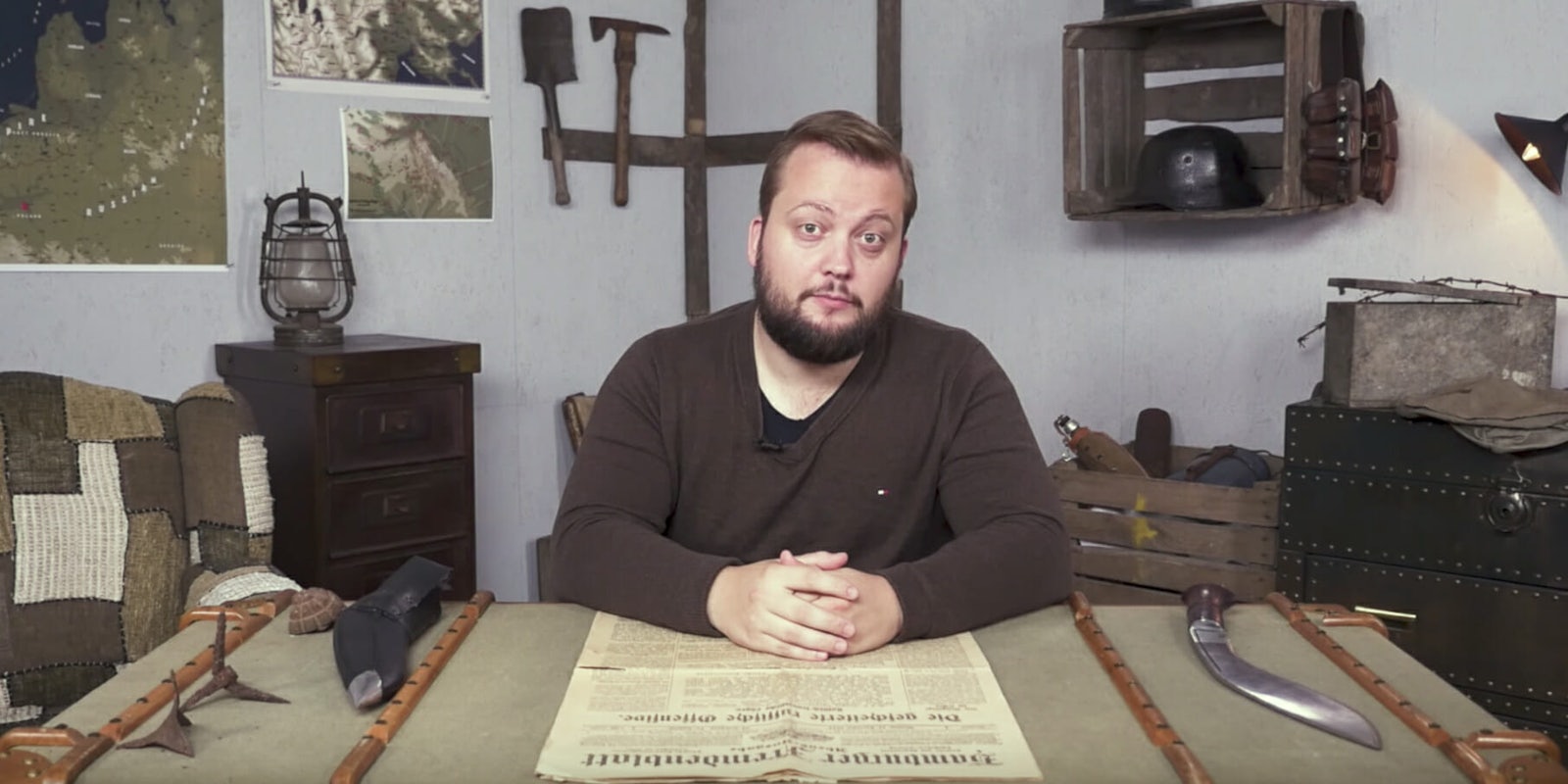YouTube’s so-called “adpocalypse” has been hurting content creators’ revenue streams in 2017. But a change in the review process that determines what videos get advertising on the Google platform is leaving some channels—and their viewers—even more concerned about the future.
The “adpocalypse” started not with a bang, but with Wall Street Journal reports in March of YouTube users posting hate speech and racist content—and the advertising that was automatically attached to that content. Advertisers quickly pulled out, and some creators lost up to 80 percent of their daily income.
One of the biggest hits came to Swedish YouTuber Felix Kjellberg, known as PewDiePie, who lost a Disney contract after WSJ exposed Kjellberg’s videos with Nazi imagery and anti-Semitic jokes. The creators behind the channel Zombie Go Boom took such big hits to revenue that they opted to sue YouTube, arguing they ought to be privy to the specifics of the algorithms that determine monetization.
Meanwhile, YouTube revamped guidelines for what channels could receive advertisements and announced the platform would crack down on “hateful, offensive, and derogatory content.” The new rules banned advertising on videos that feature “sensitive topics or events” including “war, political conflicts, terrorism or extremism, death and tragedies, sexual abuse.”
As with most technologies these days, an algorithm is largely responsible for carrying out these guidelines. YouTube acknowledges the automated process isn’t perfect and offers a manual review process, allowing users to appeal videos marked “Not suitable for all advertisers” the chance to appeal in the hopes of gaining advertisements.
But it’s this time-sucking review process that’s doubling the headaches for some channels.
…
Florian Wittig, 30, is one of the producers of the Great War channel. Since 2014, the channel has published nearly 500 educational videos about World War I, each week posting three to four new episodes. Because their videos deal with war, 75 percent of their videos were flagged for manual review.
In the video, Wittig asked viewers to support the channel through Patreon, a platform that allows creators to run subscription services and provide exclusive content to paying viewers. Because of YouTube’s new ad regulations, many creators have turned to Patreon to fund their projects.
“We made it clear a while ago that Patreon is the main reason why we can continue to make this show,” Wittig said.
Wittig and his team have made a point of explaining to their 700,000 subscribers how the “adpocalypse” affects their production. In a video uploaded last week, Wittig explained that YouTube’s manual review process, which once took less than 8 hours, now takes more than 72 hours.
“Now, on top of juggling with deadlines, production pipelines, computer crashes and whatnot we also suddenly need to take into account a totally variable ‘review period,’” Wittig wrote the Daily Dot via email.
In addition to a shorter, consistent review time, Wittig said he wishes YouTube would offer a “whitelist” feature for channels that prove over a trial period to be “advertising friendly”—or at least a more transparent process. The Great War has had at least seven (of nearly 500) videos demonetized—including one that was re-marked for review after originally being approved—without any indication of why.
In general, Wittig said a lot of creators are simply feeling left out of the decision-making on the platform that has become a livelihood for so many.
“We totally understand why YouTube is enforcing these guidelines, advertisers already demanded this kind of control in print and TV in the past,” Wittig wrote. “What we don’t understand, and that’s why people are scared and angry, is why this system is perceived as unequivocally tailored towards the demands of the advertisers but not at all with the creators in mind.”
YouTube did not respond to a request for comment on this story.
